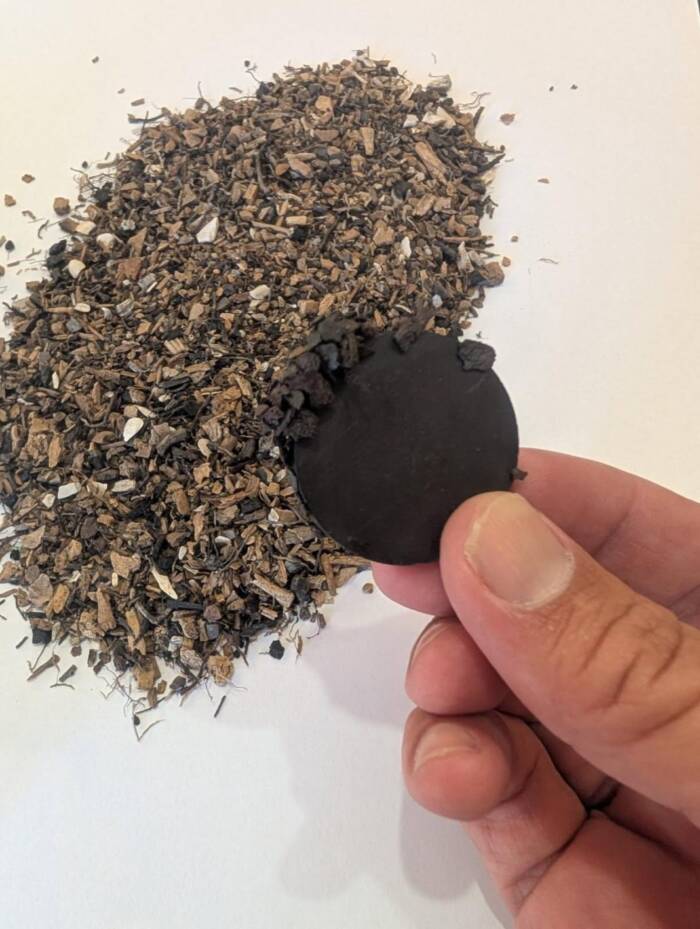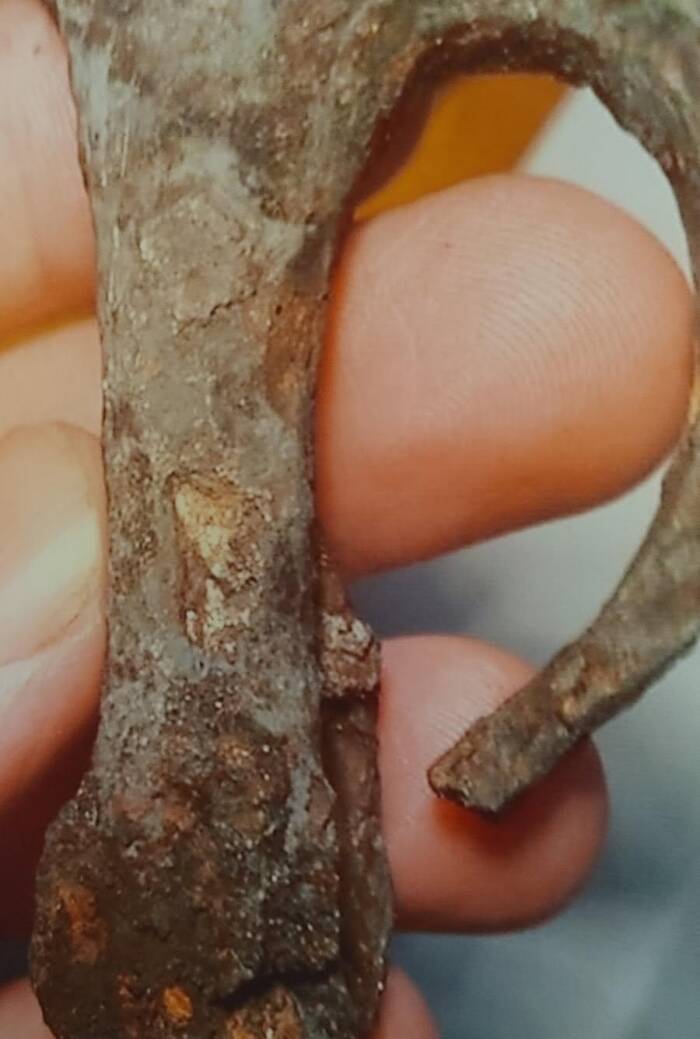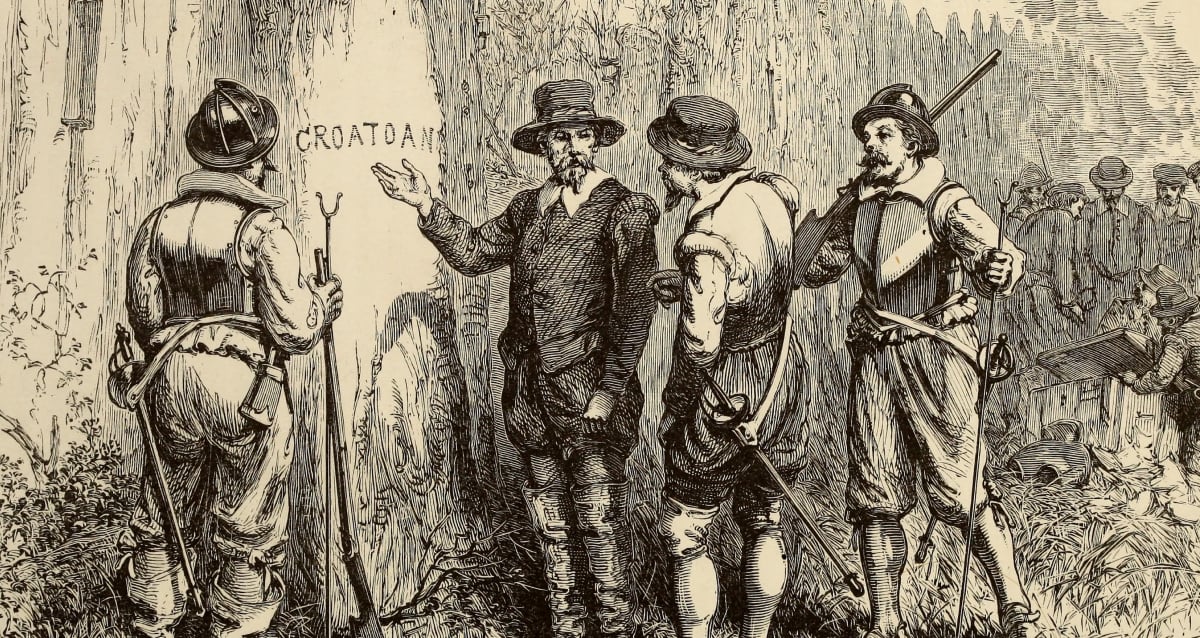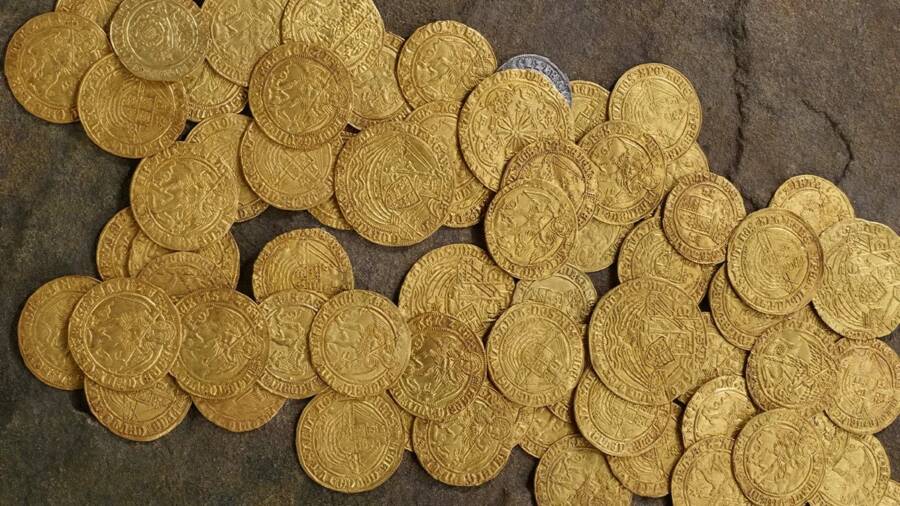Unearthed Secrets: Shocking New Artifacts May Finally Reveal the Fate of the Mysterious Roanoke Colony
In 1937, playwright Paul Green penned The Lost Colony, a theatrical production about the Roanoke Colony that proved to be fairly popular. But Dawson believes that the whole narrative about Roanoke being lost was nothing more than “a marketing campaign” — one that evidently proved to be very effective.
His skepticism about the common Roanoke story eventually culminated in his book, The Lost Colony and Hatteras Island, in which he outlined his theory about the colonists, their close ties to the Croatoan tribe, and their eventual relocation to Hatteras Island.
Now, he’s found physical evidence to back up his claims.
The “Smoking Gun” On Hatteras Island That Could Finally Solve The Mystery Of What Happened To The Roanoke Colony

Scott DawsonA pile of hammerscale found on Hatteras Island, showing that European blacksmithing techniques were used there.
Dawson and Horton have been digging near the former Roanoke and Croatoan settlements for more than a decade, during which they uncovered numerous weapons and European artifacts on Hatteras Island.
Those discoveries provided some good support for Dawson’s theory, but the artifacts could just as easily have supported some of the more macabre theories about the colonists’ fates. As the researchers said, “coins and sword hilts could have got to Hatteras through trade or a passing settler.” Their most recent discovery, however, is a clear sign that European settlers were indeed living on the island.
“The hammerscale shows that English settlers lived among the Croatoans on Hatteras and were ultimately absorbed into their community,” Horton told the Daily Mail. “Once and for all, this smoking gun evidence answers any questions about the supposed mystery of the lost colony.”
Horton asserted that the Croatoan would not have been conducting the sort of blacksmithing that would produce hammerscale — but English settlers would have.
“You heat up an iron rod, and when you hit it, little pieces of metal fly off,” Dawson told the Island Free Press. “It gets walked over and forms a little pile, and no one gives it any mind, except for us, 400 years later.”
Forges were not temporary sites. Settlers wouldn’t have set one up only to move away shortly afterward. Thus, the presence of an English-style forge on Hatteras Island dating back to the 16th century is likely proof that Europeans stayed on the island as permanent residents.

Scott DawsonMetal found at the Hatteras Island dig site.
“We have empirical, physical evidence coming out of the ground with the best professionals in the world behind it,” Dawson said. “This is showing a presence of the English working metal and living in the Indian Village for decades. We’re finding this whole metalworking workshop on the site and natives didn’t do that.”
Dawson also said that finding proof for this narrative is even more pressing as Hatteras Island becomes more developed.
“The archaeology is just a cherry on top, but the fact that we’re able to preserve all of this Croatoan material as well, that makes me happy because it’s in real danger of being lost,” he said.
As for the supposed mystery of the Lost Colony of Roanoke, Dawson believes its high time to retire it: “To say we were excited is an understatement. We finally had that ‘smoking gun’ evidence, so there is no need to keep regurgitating the fictional story that no one knows what happened to them.”
After learning about the truth behind the Lost Colony of Roanoke, learn about another enduring historical mystery: the location of the Oak Island treasure. Then, read about nine unsolved ancient mysteries that baffle historians to this day.


















